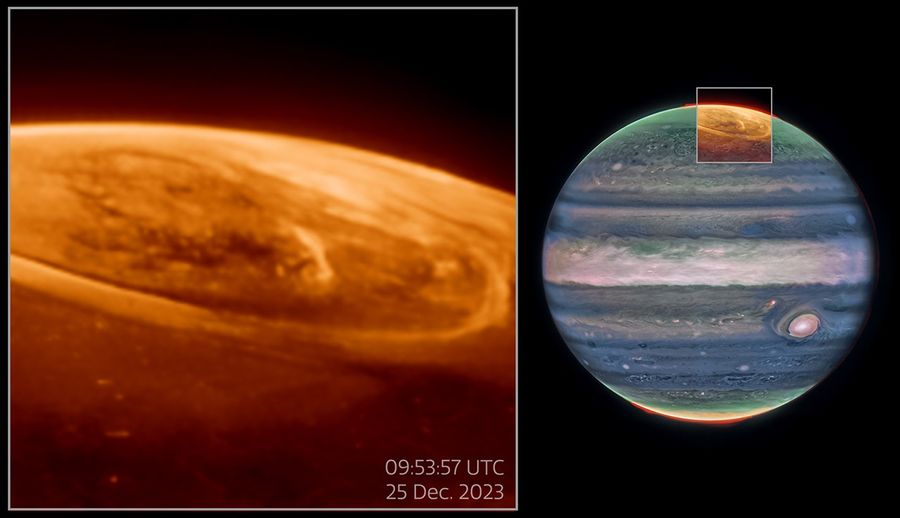During its five day mission, Dragon and the Polaris Dawn crew completed 75 orbits around Earth.
SpaceX’s Falcon 9 rocket launched the Polaris Dawn mission to low-Earth orbit from Launch Complex 39A at NASA’s Kennedy Space Center in Florida at 5:23 a.m. ET on September 10, 2024. Dragon and the Polaris Dawn crew safely splashed down off the coast of Florida at 3:36 a.m. ET on September 15. Jared Isaacman, Kidd Poteet, Sarah Gillis, and Anna Menon spent nearly five days in orbit, during which they completed the following objectives:
HIGH ALTITUDE
The Polaris Dawn mission took advantage of Falcon 9 and Dragon’s maximum performance, flying higher than any Dragon mission to date, reaching the highest Earth orbit ever flown with a peak apogee of 1,408.1 kilometers above Earth. Orbiting through portions of the Van Allen radiation belt, the Polaris Dawn crew conducted research with the aim of better understanding the effects of spaceflight and space radiation on human health.
FIRST COMMERCIAL SPACEWALK
At altitudes ranging between approximately 190 and 740 kilometers above the Earth, the crew completed the first-ever commercial extravehicular activity (EVA) with SpaceX-designed extravehicular activity (EVA) spacesuits, upgraded from the current intravehicular (IVA) suit. Building a base on the Moon and a city on Mars will require thousands of spacesuits; the development of this suit and the execution of the EVA will be important steps toward a scalable design for spacesuits on future long-duration missions.
IN-SPACE COMMUNICATIONS
The Polaris Dawn crew were the first to test Starlink laser-based communications in space, providing valuable data for future space communications systems necessary for missions to the Moon, Mars and beyond. As a part of these tests, Mission Specialist Sarah Gillis played the first violin in space, sending back a message of unity and hope named Harmony of Resilience, a global music moment supported by composer John Williams and professional and youth musicians around the world.
HEALTH IMPACT RESEARCH
While in orbit, the crew conducted scientific research designed to advance both human health on Earth and our understanding of human health during future long-duration spaceflights. This included, but is not limited to:
- Using ultrasound to monitor, detect, and quantify venous gas emboli (VGE), contributing to studies on human prevalence to decompression sickness;
- Gathering data on the radiation environment to better understand how space radiation affects human biological systems;
- Providing biological samples towards multi-omics analyses for a long-term Biobank; and
- Research related to Spaceflight Associated Neuro-Ocular Syndrome (SANS), which is a key risk to human health in long-duration spaceflight.
SpaceX and Polaris Dawn collaborated with the Translational Research Institute for Space Health (TRISH), BioServe Space Technologies at the University of Colorado Boulder, Space Technologies Lab at Embry Riddle Aeronautical University, Weill Cornell Medicine, Johns Hopkins University Applied Physics Laboratory, the Pacific Northwest National Laboratory, and the U.S. Air Force Academy.
Learn more: Explore Polaris Dawn




